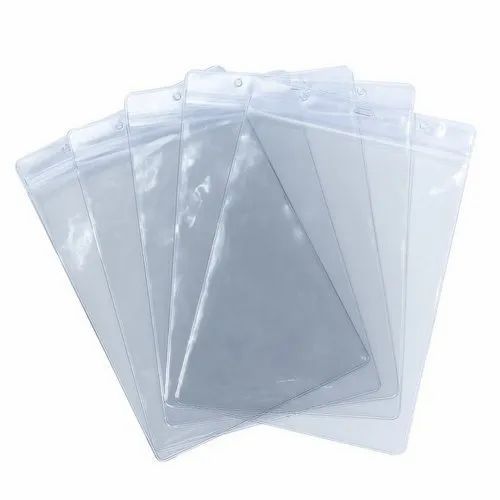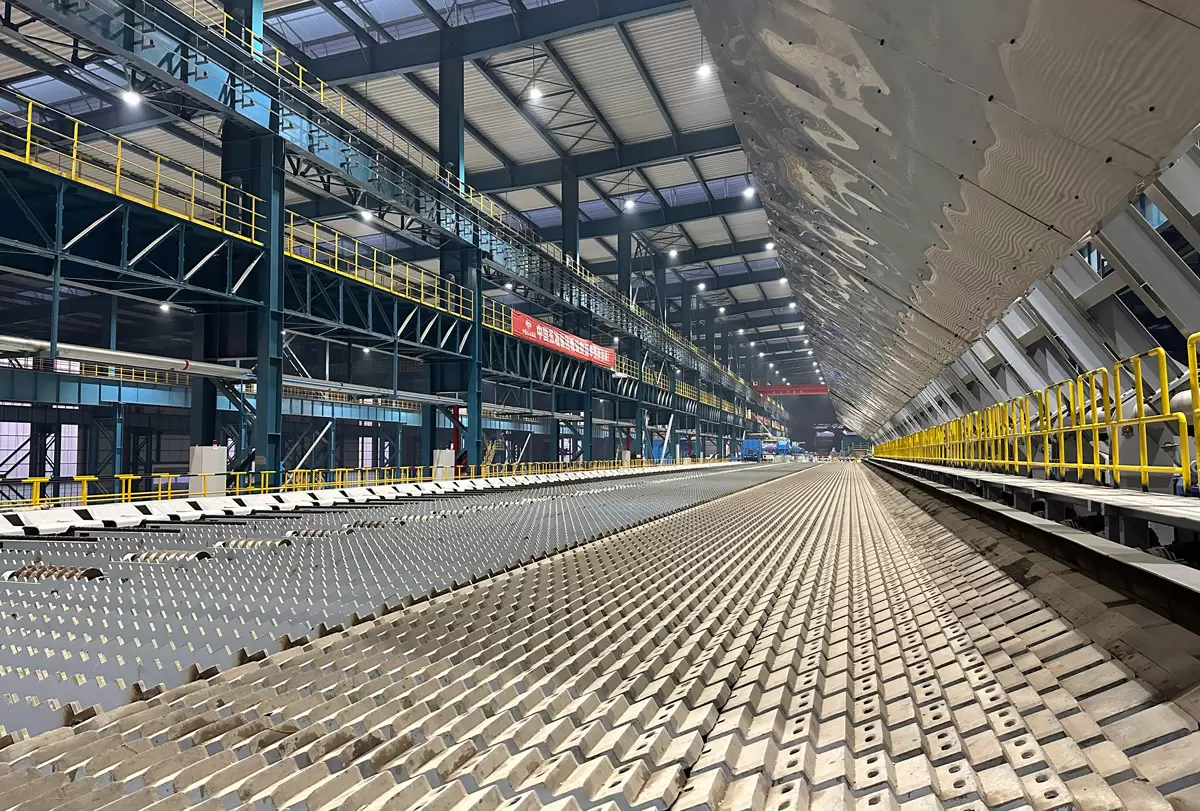In today's dynamic market, cost considerations play a pivotal role in decision-making across industries. When it comes to materials, PVC (Polyvinyl Chloride) and PET (Polyethylene Terephthalate) are two widely used thermoplastics. Understanding the cost dynamics between these materials is crucial for businesses seeking optimal solutions. In this blog post, we will delve into the factors that determine the relative cost of PVC and PET, providing valuable insights for industry professionals and decision-makers.
- Raw Material Costs:
The first aspect to consider is the cost of raw materials. PVC is derived from petroleum or natural gas, making it susceptible to fluctuations in oil prices. On the other hand, PET is primarily produced from ethylene glycol and terephthalic acid, which are more stable in terms of pricing. Thus, PVC may experience greater price volatility due to its dependence on petroleum-based feedstocks. - Manufacturing Process:
The manufacturing process also influences the cost comparison between PVC and PET. PVC production involves multiple steps, including polymerization, compounding, and extrusion, which can be energy-intensive and time-consuming. Conversely, PET manufacturing is relatively simpler, involving polymerization and melt spinning. The streamlined process of PET production often translates into lower production costs compared to PVC. - Market Demand and Application:
Market demand and application requirements significantly impact the cost of PVC and PET. PVC finds extensive use in construction, automotive, and electrical industries due to its durability and versatility. The high demand for PVC in these sectors can drive up its price. PET, on the other hand, is widely used in packaging, particularly for beverages and food products. The large-scale demand for PET in the packaging industry often results in competitive pricing. - Recycling and Sustainability:
In recent years, sustainability has emerged as a critical factor influencing material costs. PVC recycling poses challenges due to the presence of additives and contaminants, making the recycling process complex and costly. Conversely, PET has a well-established recycling infrastructure, enabling a more efficient and cost-effective recycling process. The sustainability advantage of PET may contribute to its relatively lower cost compared to PVC.
Conclusion:
Considering the various factors discussed, it can be challenging to definitively determine whether PVC or PET is more expensive. The cost dynamics between these materials depend on raw material prices, manufacturing processes, market demand, and sustainability considerations. Businesses should carefully evaluate their specific requirements and industry trends to make informed decisions regarding material selection. By understanding the cost implications, companies can optimize their operations and enhance their competitiveness in the market.




More Stories
Mechanisms of Damping Deadening Rubber Sheets: How They Reduce Vibration and Noise
How SMC Is Manufactured: Process, Materials, and Quality Control
Customizable Logo Pulp Boxes in Kraft and White for Sustainable Food Packaging Solutions